
Developer: Too Husky
Publisher: Too Husky
Platform: PC
Tested on: PC
Mira – Review
Indie developer Too Husky’s Mira isn’t a new game. In fact, it debuted back in March 2020, over two years ago. So why are we only taking a look at the visual novel/point-and-click hybrid title now? Quite simply, because Too Husky decided to “refresh” the game. We haven’t played the original version and so we don’t know what’s new here but the “refreshed” trailer certainly caught our attention despite the game flying under our radar previously. With a gorgeous art style and the promise of a Slavic fairy tale world at our fingertips, we dove into Mira. Here’s what we found.
Story
Taking inspiration from Slavic folk stories, Mira takes players to a fairy tale-like world that is rooted in reality. The titular Mira is a young human woman, who runs a derelict orphanage on the outskirts of Kraków, shortly after the Second World War. One day, she finds herself deep inside a mysterious forest, with no idea how she got there. Now, Mira has to find her way home, but that’s easier said than done, as the forest is inhabited by all kinds of mythical creatures, and not all of them are friendly. The story then alternates between Mira at the orphanage, telling fairy tales to the children she takes care of, and Mira’s adventures in the mystical world of Navia, where the fairy tale creatures are real. The game never explains whether the events in Navia are actually happening or simply taking place inside Mira’s head, but there are some clever connections between post-war Kraków and Navia that tie the story together. We won’t delve into the story too much, as discovering how things unfold makes up the majority of Mira’s experience, and given how short the game is in the first place, there isn’t a whole lot we can say without giving some key elements away.
Unfortunately, Mira isn’t without its flaws. There are a handful of choices that you have to make during the game but apart from the last one, they all feel inconsequential, and there is very little point in replaying the game. We also felt that the ending was disappointing, although your mileage may vary on this, of course. The worst flaw when it comes to the game’s narrative, however, is how poorly it was translated. It is of course unavoidable that certain nuances were lost in translation, so we can imagine that Mira’s original Polish script brings a lot more charm to the table. Our main issue though isn’t that wordplay or puns didn’t survive the conversion to English, but simply that this is one of the worst translations we’ve ever come across. Grammar feels unnatural and the game is riddled with spelling errors. A particularly egregious example we encountered was when the word “cook” was replaced with “cock”. Don’t get us wrong, it’s easy to follow the story itself as it is fairly simple and a lot can be derived from context, but there’s a lot of reading involved here and it felt like a continuous struggle.
Graphics
If there is one thing that will draw players into Mira’s world, it’s the amazing artwork that brings the game to life. The hand-painted art style looks like it came straight out of an actual storybook and the creature designs are adorable. Character animations are very limited but this didn’t really bother us as we felt adding too much movement would’ve broken the children’s book aesthetic. There are specific environments that are jaw-droppingly beautiful but even the more mundane areas look fantastic. The game knows where its visual strengths lie and it plays to them rather than overreaching and biting off more than it can chew.
Sound
There is no voice acting present in Mira -not even a narrator, even though the “refreshed” trailer is fully narrated- and the game’s soundscape is rather sparse, but just like with its visuals, Mira knows how to use limited tools to great effect. The game masterfully sets the tone whenever a specific scene needs a specific atmosphere. There are times when music determines the mood and others when the game simply relies on ominous whispers or other sound effects to create a chilling soundscape. This is a game where headphones really help with immersion, so we highly recommend putting on a good pair.
Gameplay
Given that Mira is billed as a visual novel first and foremost and a point-and-click title with puzzle elements second, it shouldn’t come as a surprise that there isn’t a whole lot to the gameplay here. Most of your time will be spent reading through lines of dialogue. This makes it all the more surprising that Mira isn’t presented in the same way that most visual novels are, and instead looks and feels a lot closer to a true point-and-click adventure in the same vein as The Dark Eye. That said, you won’t be wandering through a series of screens, picking up items and combining them, or getting sent from NPC to NPC for a side quest. Instead, what you’re getting here is a very linear experience where you simply click through dialogue between moving to the next screen -which typically involves clicking a single interactive point. Apart from the puzzles and the in-game encyclopedia, any interactivity implemented here felt meaningless.
We found the encyclopedia to be one of the more enjoyable elements of Mira, even though the game doesn’t quite focus on it and it’s an entirely optional sidequest. Every mythical creature that Mira encounters in the game can be added to the encyclopedia, by finding items that are hidden in certain areas of the game, in a similar vein to hint coins from the Professor Layton series. Once a creature has been added to the book, you can read up on their role in Slavic mythology, which really helps to deepen their role in Mira’s story.
As for the aforementioned puzzles, these felt like a bit of an afterthought. They do break up the monotony of simply clicking through lines of dialogue but they are also either ridiculously easy or are a matter of clicking randomly until you happen to stumble on the solution by sheer luck. As an example, there is a puzzle where you need to click stones that light up. Your goal is to figure out the correct sequence until they are all lit up. If you click the wrong tile, all stones go back to their neutral state, so it’s a matter of memorizing the order of the ones you get right, then trial and error until you brute force your way through. Other puzzles involve swapping puzzle pieces around to complete a pattern or finding hidden objects. As you can probably guess, the puzzles included here feel very barebones.
Despite our issues with the gameplay (or lack thereof) we still enjoyed our time with Mira, however. If we’re sounding overly negative here, then that certainly isn’t our intention. We’re just advising you to keep your expectations low, as Mira is an utterly charming little game that unfortunately chose the wrong format to present itself in. Had Mira been released as a pure visual novel, in a similar vein to titles like Across the Grooves or Vengeful Heart, we would have probably enjoyed it a lot more, but right now it feels like a bit of a hybrid that doesn’t quite know what it wants to commit itself to. Playing through Mira only takes about an hour or two and there is very little reason to replay it as -like we already mentioned- choices don’t feel like they have any consequences attached to them but if you approach Mira in the same way as you would an actual storybook, then it’s certainly worth looking at.
Conclusion
Despite Mira’s obvious flaws, we still enjoyed the two hours or so that we spent in this Slavic fairy tale world. The game’s translation definitely could have used some more care, and presenting the game like a point-and-click adventure rather than a pure visual novel certainly was an odd choice, but what Mira lacks in focus, it more than makes up for in charm. We don’t know what’s new in this refreshed version but it certainly isn’t a revised translation, which seems like a missed opportunity if we ever saw one. That said, no one in their right mind would consider Mira a masterpiece, but if you’re approaching the game with the right mindset, you’ll find a lot to like here.
Mira - Review,
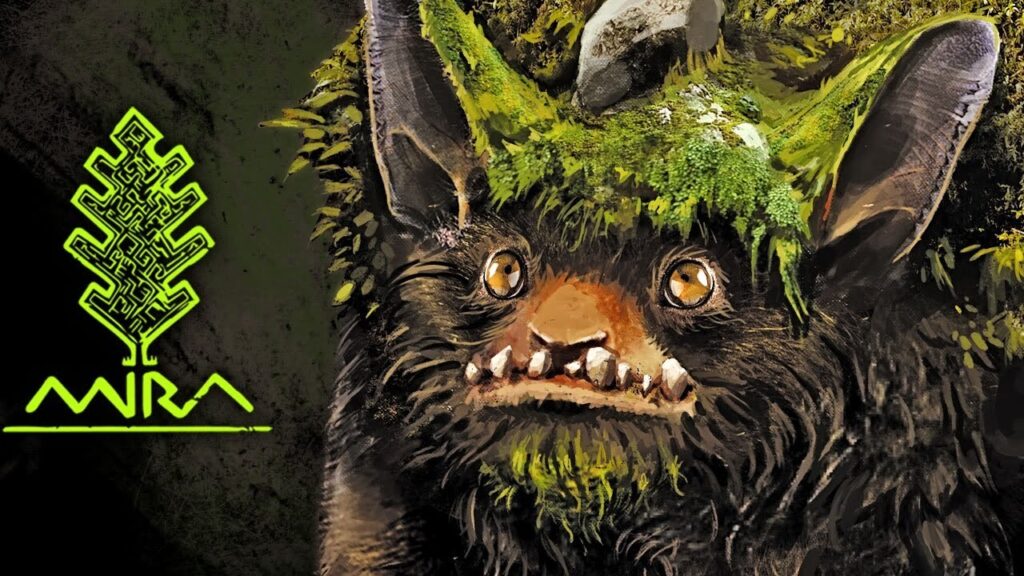
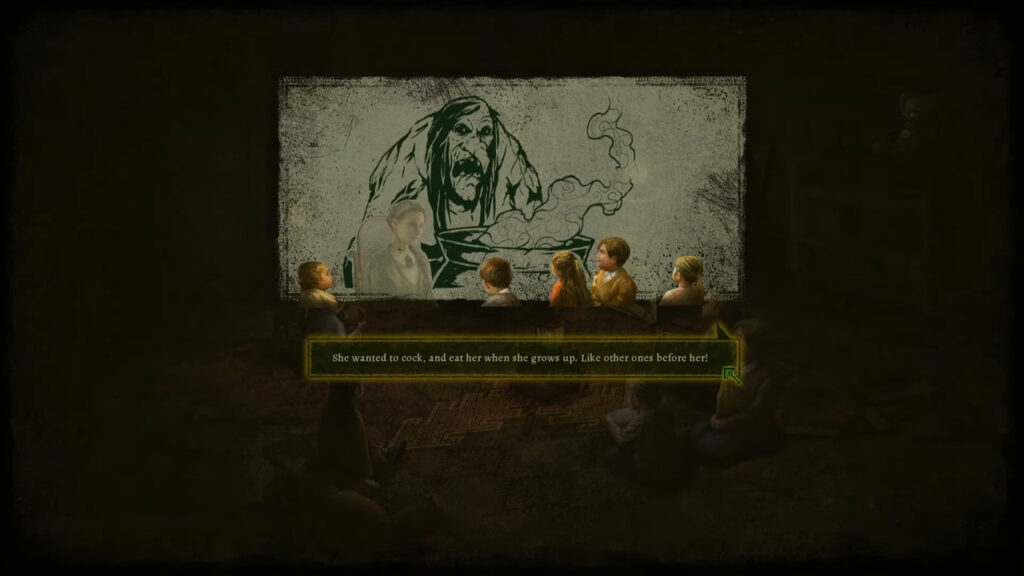
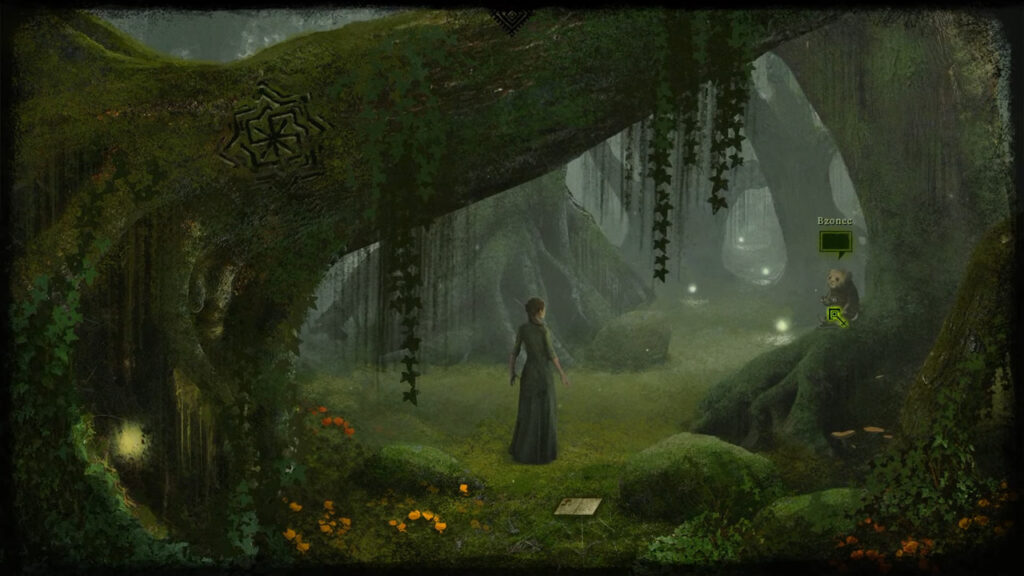
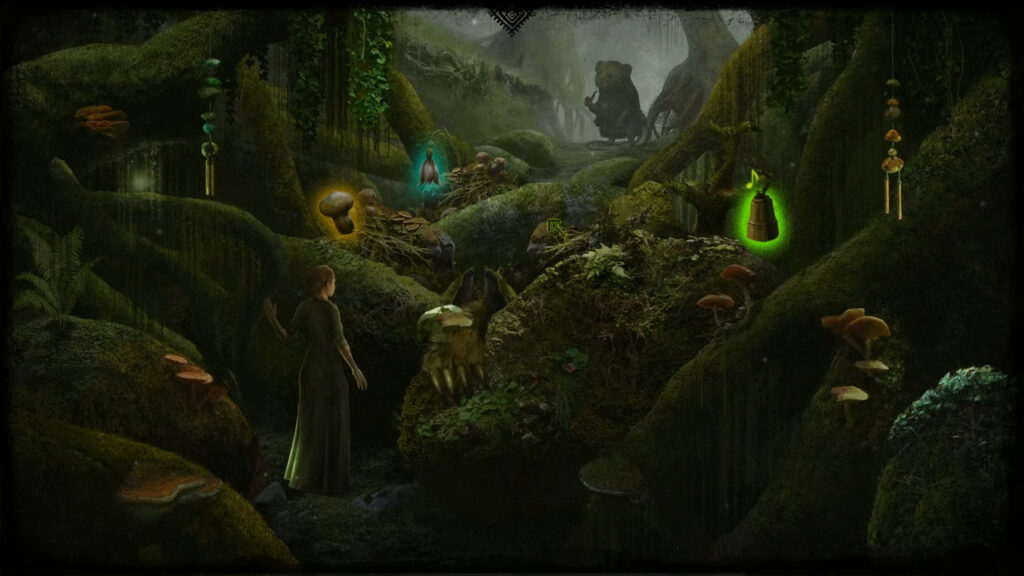

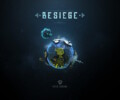



No Comments